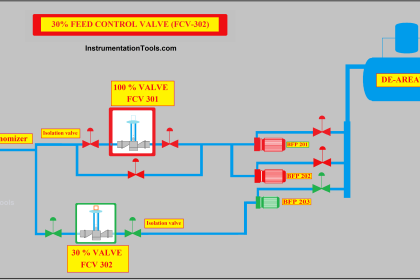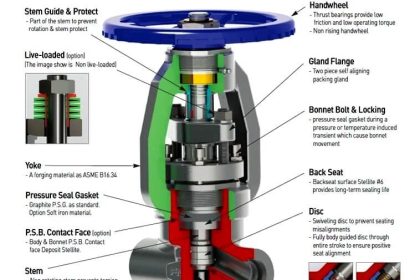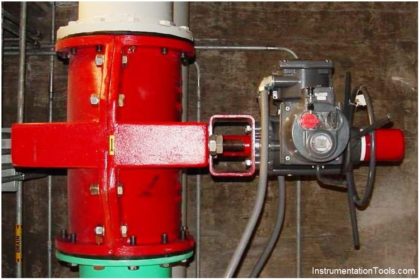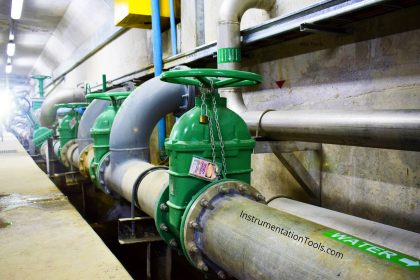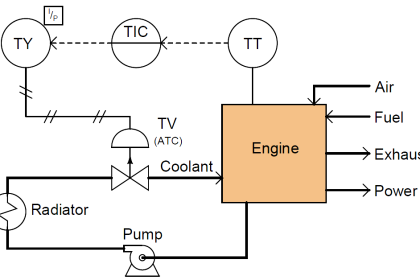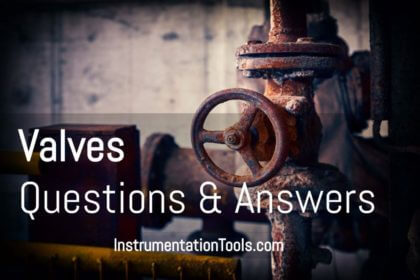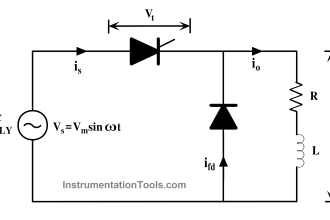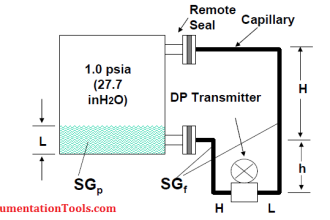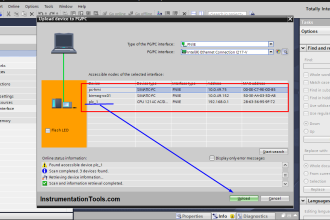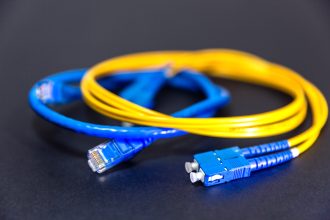One of the most common issues that you may face in your plant is Cavitation, this issue is concerned by pumps that are responsible for the fluid system motion into your factory.
Ignoring such an issue unfortunately will cost you a lot sometimes you may lose the whole pump.
So if you are facing that problem or you want to be away from such a situation, here we are going to explain what is meant by cavitation? what are the reasons that cause this problem? finally, we will introduce some solutions that would definitely help you to avoid this problem.
What is meant by Cavitation?
First of all, and before talking about the Cavitation let us discuss some of the physical concepts.
As all of us know that the water boils at 100o C, but did you know that if we have some water and we are going to boil this water on a high mountain do you think the water will boil at 100o C ……?
Of course not, we will be found that the water will boil at a degree lower than 100o C.
It seems weird but that will lead us to another important concept and I think that you already know it, which is “whenever we go up the static pressure starts to decrease” and by its role (the drop of the static pressure) it will affect on the boiling degree of the water.
Summary
What you should know is that the boiling degree of any fluid is not constant, it is affected by the pressure of the fluid whenever the pressure drops the fluid will boil at lower temperature degrees till the pressure drops under the vapor pressure of a liquid you will find that the fluid boils at very low temperature that depends on the type of the fluid.
Here for the next figure (Fig.1), you can notice how the pressure affects the boiling point of different fluid types.

Cavitation affects Plant Equipment
So that is what exactly happens to the fluids that you are cycling into your plant, during the process of the plant you may have fluid at very low pressures, and that by its role will allow the fluid to boil at very low temperature (maybe at the normal atmospheric temperature).
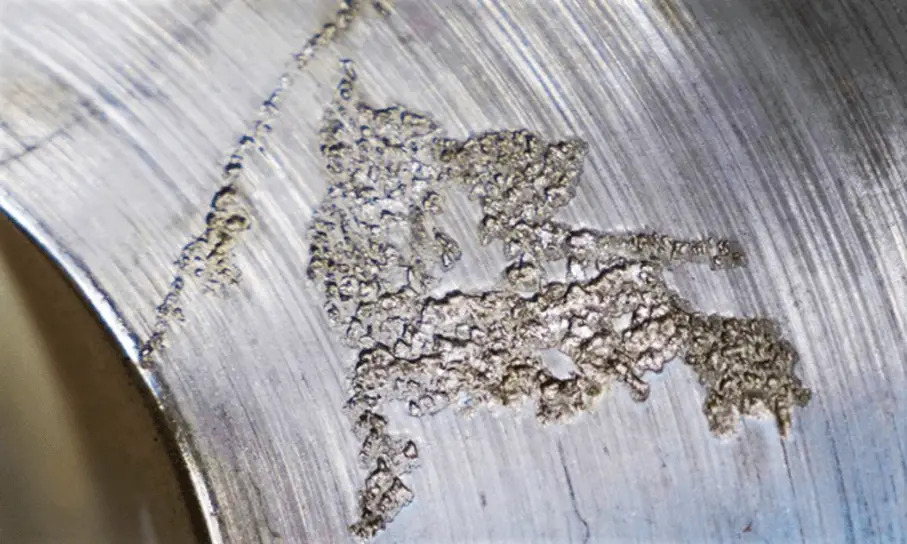
As all of us knows when the fluid boils there would be some small bubbles formed, these small bubbles are gathering and collapse forming a huge shock wave that with the high speed of the fluid hit the machine and cause some corrosion or may be severe damage to the machine, as shown in the two figures (Fig.2 – Fig.3)

Reasons that Lead to Cavitation
There are different reasons that may cause cavitation problems, some of these mistakes are mentioned below.
Improper Selection of the Pump
As all of us know the idea behind the pump is to make a pressure difference between the inlet and outlet section to gain the fluid the required head that allows the fluid to move anywhere as you want.
In some cases, the pump would decrease the inlet pressure under the vapor pressure due to the Wrong design for the system or improper selection of the pump and this by its role will cause the cavitation as we discussed before.
Closing the Entry Valve of the Pump
In some cases, you need to decrease the flow rate of the fluid, unintentionally you may try to close the entry valve a little to decrease the flow rate.
But you should be aware that this change in the cross-section area that the fluid passes through will drop the pressure of the fluid and also would cause the same problem.
In such a situation, you have to change the outlet valve of the pump.
You can check this great experiment for further understanding:
Increasing the Fluid Temperature above the Designed Limit
You may select the right pump and you may also consider the pressure drop at your design but for some process reasons you may found a fluid that runs with a very high temperature that is above the boiling point temperature and that also would cause the cavitation problem.
So you should be very careful with the pressure and temperature of the fluid that you are dealing with.
How to Protect Pumps from Cavitation?
A good design and calculation would help you a lot to prevent such a situation to happen, however, you need to take further steps to make a reliable system and configuration.
Here are some methods that you have to know in case of system disturbance or unpredictive situation, you need to safe you plant equipment with a unique protection plan.
Monitoring of the Temperature and Pressure
The first solution that I think would be the best is the Online monitoring of the fluid temperature and pressure. So we can use a pressure transmitter (PT) and temperature transmitter (TT) as shown in the below picture.
Then you could send it to the PLC to be processed and compared with the fluid temperature and pressure limits.
So, when the process value reaches the limits that would cause the cavitation you can turn the pump off to protect it and to protect the overall process.
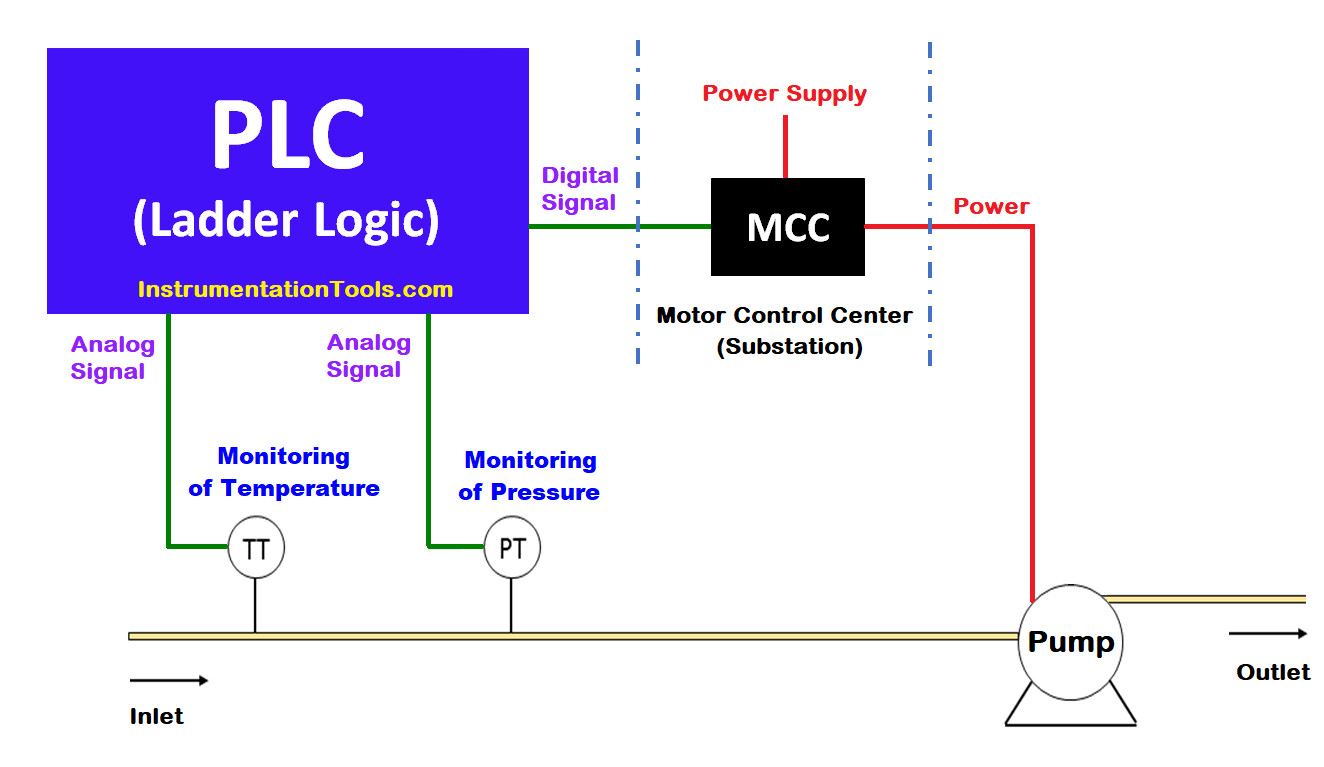
Monitoring of the Pump Current
Unfortunately, this solution would help you after the cavitation problem occurs, unlike the first method, it can protect you before the problem happened.
As there are some bubbles was made by the cavitation phenomenon, the flow of the fluid will be mixed with some air, and that by its role would affect the pump current.
These current fluctuations can be detected by the plant control system, so by analyzing this data we could make the right decision to solve such a situation.
If the fluctuations are out of the safe range, we have to stop this pump for some maintenance.
If you liked this article, then please subscribe to our YouTube Channel for Instrumentation, Electrical, PLC, and SCADA video tutorials.
You can also follow us on Facebook and Twitter to receive daily updates.
Read Next:
